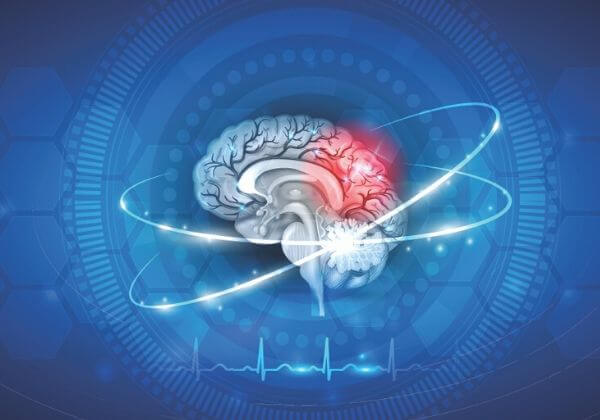When a blood vessel in the brain ruptures and bleeds or when any blockage in the blood supply to your brain occurs, you have a stroke. This rupture or blockage prevents blood from getting to the brain as well as oxygen, which is necessary for brain tissue function. Without oxygen, the brain cells and tissue become damaged and die
What Are the Types of Stroke?
There are three main categories that strokes fall under, and they are a transient ischemic attack (TIA), ischemic stroke, and hemorrhagic stroke. Within these three categories, there are subdivisions including, embolic, thrombotic, intracerebral, and subarachnoid strokes. Each stroke has a different cause and will require different treatment.
1. TIA
A transient ischemic stroke or ministroke occurs when blood flow to the brain is blocked temporarily. The symptoms will be similar to a full stroke but disappear after a few minutes or hours. These are usually caused by a blood clot, and they should not be ignored as they could be a warning of a future stroke.
2. Ischemic Stroke
During this type of stroke, the arteries supplying the brain become blocked, typically by blood clots or pieces of plaque caused by atherosclerosis. There are two types of ischemic strokes. One is the thrombotic stroke, and the other is the embolic stroke.
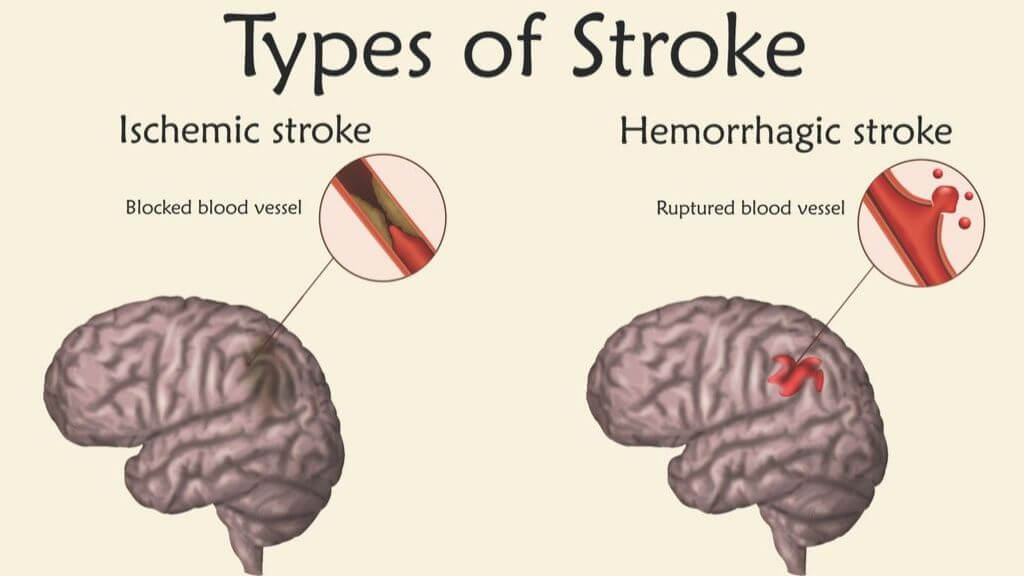
A thrombotic ischemic stroke occurs when a clot forms in one of the arteries supplying the brain. An embolic ischemic stroke occurs when the clot forms in another part of the body but travels to the brain and causes a blockage.
3. Hemorrhagic Stroke
A hemorrhagic stroke occurs when an artery in the brain breaks and leaks blood. The leaking blood creates excess pressure and swelling in the brain, which damages cells and tissues.
You can have one of two types of hemorrhagic strokes: intracerebral or subarachnoid. An intracerebral hemorrhagic stroke is more common and happens when the tissues around the brain fill with blood after a leak. A subarachnoid hemorrhagic stroke occurs when there is bleeding between the brain and the tissues covering it.
What Causes Stroke?
TIA’s and both types of ischemic strokes are caused by a blockage that prevents the brain from getting its supply of blood. The block can be caused by a blood clot or be pieces of plaque that have formed from atherosclerosis in the arteries.
Hemorrhagic strokes occur as the result of a burst or leaking artery. As blood leaks, it can cause swelling and damage as well as reduced blood flow to the brain. There are several stroke risk factors:
♦ Smoking
♦ Unhealthy diet
♦ Physical inactivity
♦ Alcohol consumption
♦ Genetics
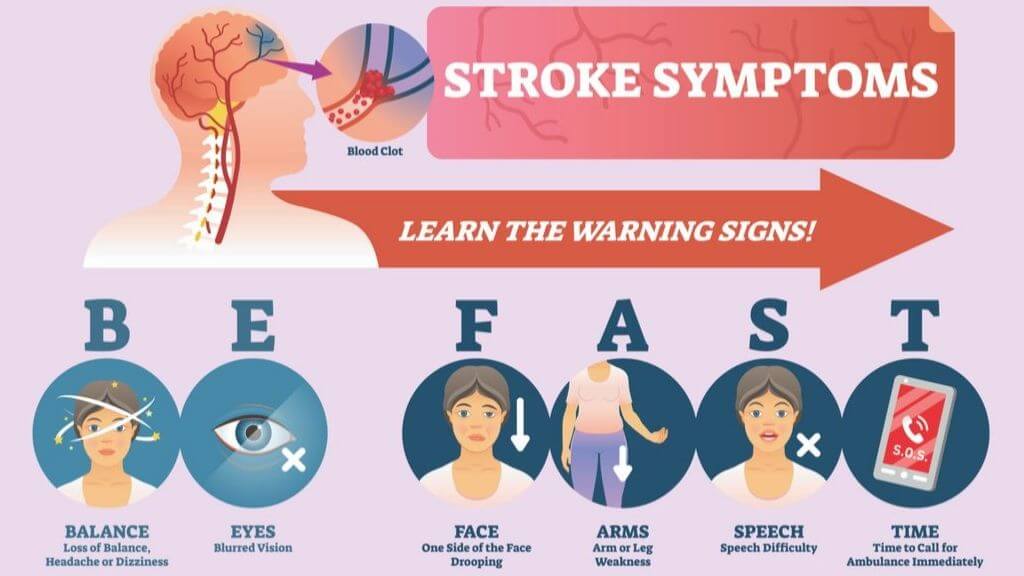
What Are the Signs of a Stroke?
The loss of blood and oxygen to the brain causes damage to tissues and cells. The symptoms of a stroke will show up in body parts controlled by the damaged parts of the brain. Stroke symptoms include:
♦ Paralysis
♦ Confusion
♦ Numbness or weakness in the face, arms, and legs, usually on one side of the body
♦ Slurred speech
♦ Trouble walking
♦ Vision problems
♦ Loss of balance or coordination
♦ Severe, sudden headache that appears for no reason
A stroke requires immediate medical attention. Knowing the symptoms can help you or help someone else get help right away. By getting prompt treatment, you can prevent long-term disability, permanent brain damage, and even death.
Stroke Diagnosis
To diagnose a stroke, your doctor will ask about your symptoms, take your medical history, and ask what you were doing when the stroke occurred. They will also need to know if you are taking any medications, they’ll listen to your heart, and check your blood pressure.
During a physical examination, the doctor will check your balance and vision and will check for weakness, signs of confusion, and numbness in your face or extremities. The NIH Stroke Scale is also used to qualify the impairment caused by a stroke.
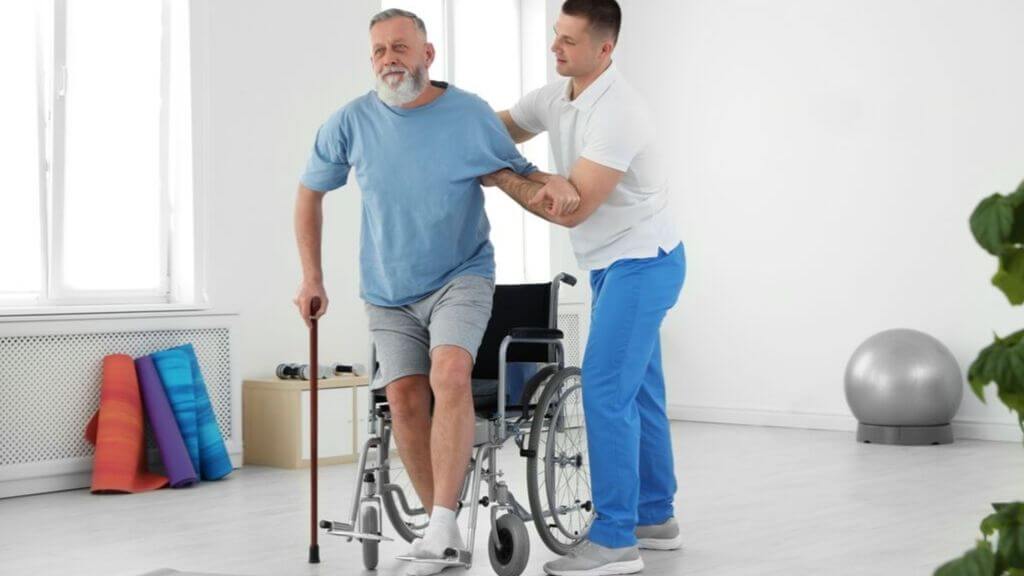
Stroke Treatment
Stroke management depends on the type and severity of the stroke. Several medications are used to treat strokes, and what is prescribed will largely depend on the type of stroke that you had.
Some medications work to prevent a stroke from happening, while others are designed to prevent you from having a second one.
♦ For ischemic strokes and TIA, treatment is designed to address the clot causing the stroke and prevent future clots. Medications will include antiplatelet and anticoagulant drugs. These are most effective when taken within 24 to 48 hours of the onset of stroke symptoms. There are also thrombolytic drugs that break up the clots in your arteries to reduce damage to the brain.
♦ For hemorrhagic strokes, the cause is leaking blood and not a clot, so treatment is different. In this case, the goal is to make a blood clot stop the leak so medications that counteract blood thinning will be prescribed. You may also get medicines that lower blood pressure and prevent blood vessel constriction.
Stroke Diet
After being diagnosed with a stroke, you will need to make some dietary changes. Depending on the severity of the stroke, you may notice that you can no longer eat or drink certain foods, and consistency needs to be altered. The types of food also need to be changed to prevent your chances of having another stroke.
♦ Reducing sodium intake and cholesterol is essential
♦ Eating more fresh fruits and vegetables
♦ Eat more lean proteins like fish and poultry
♦ Eat more whole grains

Natural Treatments for Stroke
Alternative treatments can help prevent strokes as well as help with recovery. Along with massages, acupuncture, a balanced diet, and weight control, there are a few supplements you can take to lower your risk.
♦ Vitamin E helps with memory impairment
♦ Vitamin C helps repair damaged blood vessels and reduces arterial plaques
♦ Vitamin D reduces the risk of artery-blocking strokes in those with hypertension
♦ Magnesium lowers blood pressure
♦ Omega-3 fatty acids improve cholesterol levels and can prevent cell damage too
Stroke Surgery
Just as with medical treatments, there are surgical procedures that may be necessary, but they depend on the type of stroke.
♦ Ischemic strokes and TIAs can be treated with a procedure known as a mechanical thrombectomy. The doctor will put a catheter into a large blood vessel and use it to remove the clot. This is most successful when done within 6 to 24 hours of the stroke starting. Surgical procedures are only done in severe cases and when medications have not taken care of the clot.
♦ Hemorrhagic strokes can be treated with a procedure known as coiling. Coiling is done with a long tube inserted into the damaged vessel, and a coil-like device is placed where the artery wall is weakened. If the doctor discovers that you have an aneurysm, a tiny lamp can be placed at the base of it to prevent additional bleeding. In extreme cases, when other options have not worked, surgery may be performed to relieve pressure from the skull, but this is typically only done after large strokes.
Stroke Statistics
♦ Stroke is the third leading cause of death in the United States
♦ More than 140,000 people die from stroke each year.
♦ Almost 3/4 of all strokes occur in people over the age of 65.
♦ The risk of an ischemic stroke is double in smokers.
♦ On average, someone in the U.S has a stroke every 40 seconds.
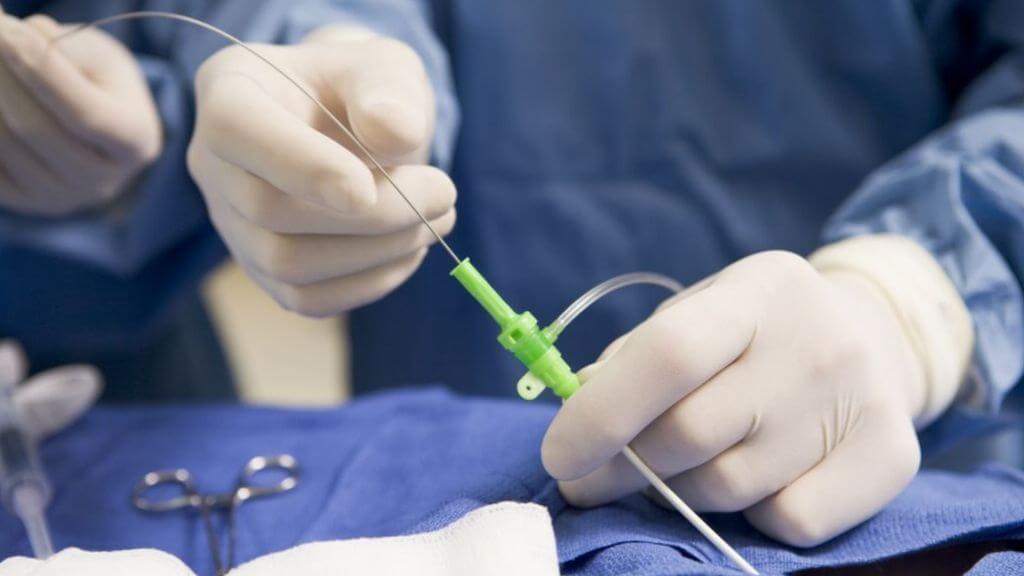
Stroke and Disability
Strokes that cause long-term damage and immobility, as well as permanent brain damage, can be classified as a disability. It’s common to need long-term care in a facility or with a daily caregiver. Strokes of this magnitude can cause paralysis and impaired brain function, leaving you unable to work or perform daily tasks and activities.
Stroke and Children
Pediatric strokes affect 25 out of every 100,000 newborns and 12 in 100,000 children. Stroke is the sixth leading cause of death in children, but recognition of pediatric strokes are often delayed and missed. Many are misdiagnosed with other conditions that have similar symptoms, such as migraines or epilepsy.
With prompt treatment, children can recover. Children most at risk for stroke are those with sickle cell anemia, congenital heart defects, and immune disorders.
What Is the Long-Term Outlook?
If you think that you or someone else is experiencing stroke symptoms, it is vital to seek immediate medical attention. Clot-busting medications work best the earlier they are taken. Early treatment is the most effective way to prevent complications and reduce your risk for long-term damage.
You can also work to prevent a stroke by following a healthy diet, staying active, getting regular checkups, and quitting smoking. Immediate treatment is the key to a successful outcome when it comes to strokes, so never hesitate when you suspect the signs.


